Request an Appointment
Please call our office at 816-363-2500 to make an appointment. Don’t forget to bring your imaging studies with you.
What is Adult Degenerative Scoliosis?
Scoliosis generally develops during childhood, but it also can occur in adults. Adult refers patients who have completed their growth (i.e., they have finished going through puberty and are over the age of 18).
Adult scoliosis is distinctive from childhood scoliosis in terms of the causes. In addition, the goals of treatment differ in skeletally mature patients.
Scoliosis is a musculoskeletal disorder that adversely affects the shape of the spine (backbone). There are normal (front-to-back) curves of the spine; however, scoliosis is a side-to-side curvature of the spine. Therefore, a scoliotic spine (when viewed from behind) will not be straight and may instead look like the letter “C” or “S”, due to the side-to-side (right-to-left) curvature.
Symptoms of Adult Degenerative Scoliosis
Adult degenerative scoliosis occurs more often in the lower back (lumbar spine) and is accompanied by the loss of the normal, front-to-back (lordotic) curve in this region. Patients can experience a gradual loss of function and a decrease in the ability to accomplish daily activities.
Symptoms of adult scoliosis due to degenerative changes may include:
- Backache or low back pain
- Numbness, weakness and/or pain in the legs
- Spine curves to one side
- A hump may appear to be present on the back
- Uneven hips and/or shoulders (one is higher than the other)
Diagnosis of Adult Degenerative Scoliosis
The following are used to evaluate patients for adult degenerative scoliosis:
- Medical History: This includes an interview with a doctor and a review of the patient’s medical records. These are done in order to determine the presence any medical conditions that may be causing the spine curvature.
- Physical Examination: A portion of the exam may be done while the patient is bending forward as this position makes it easier to visualize certain irregularities.
- Imaging Studies: Adult patients with abnormal spinal curves, unusual back pain, or signs of underlying medical conditions will need imaging studies. These may include X-rays, CT scans, or an MRI of the spine, as well as the pelvis and hips. Which of these imaging studies will depend on what conditions are suspected to be involved in causing the scoliosis. The standard method for assessing the curve is to measure the amount (angle) of the curve. This measurement is determined from an X-ray of the spine.
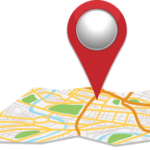

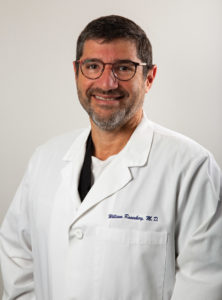

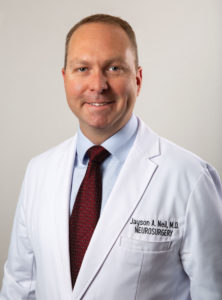
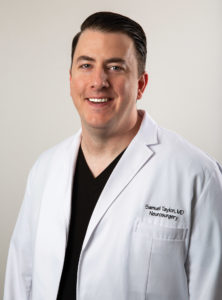
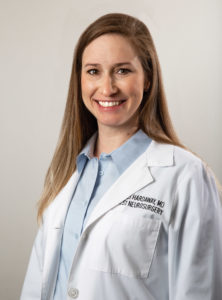
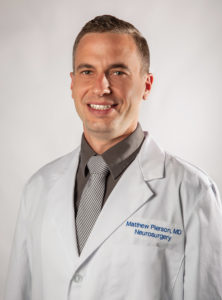
 The Highest Quality of Neurosurgical Care
The Highest Quality of Neurosurgical Care